Salt, ginger, and garlic take center stage in this Stir Fry Sauce Recipe Without Soy Sauce, a twist on the go-to sauces you get from the grocery store. Ready in under 10 minutes, this salty, pungent, and delicious sauce will transform any culinary creation with just a heavy spoonful!
If you like flavorful condiments, try my garlic herb sauce and Lebanese toum recipe.
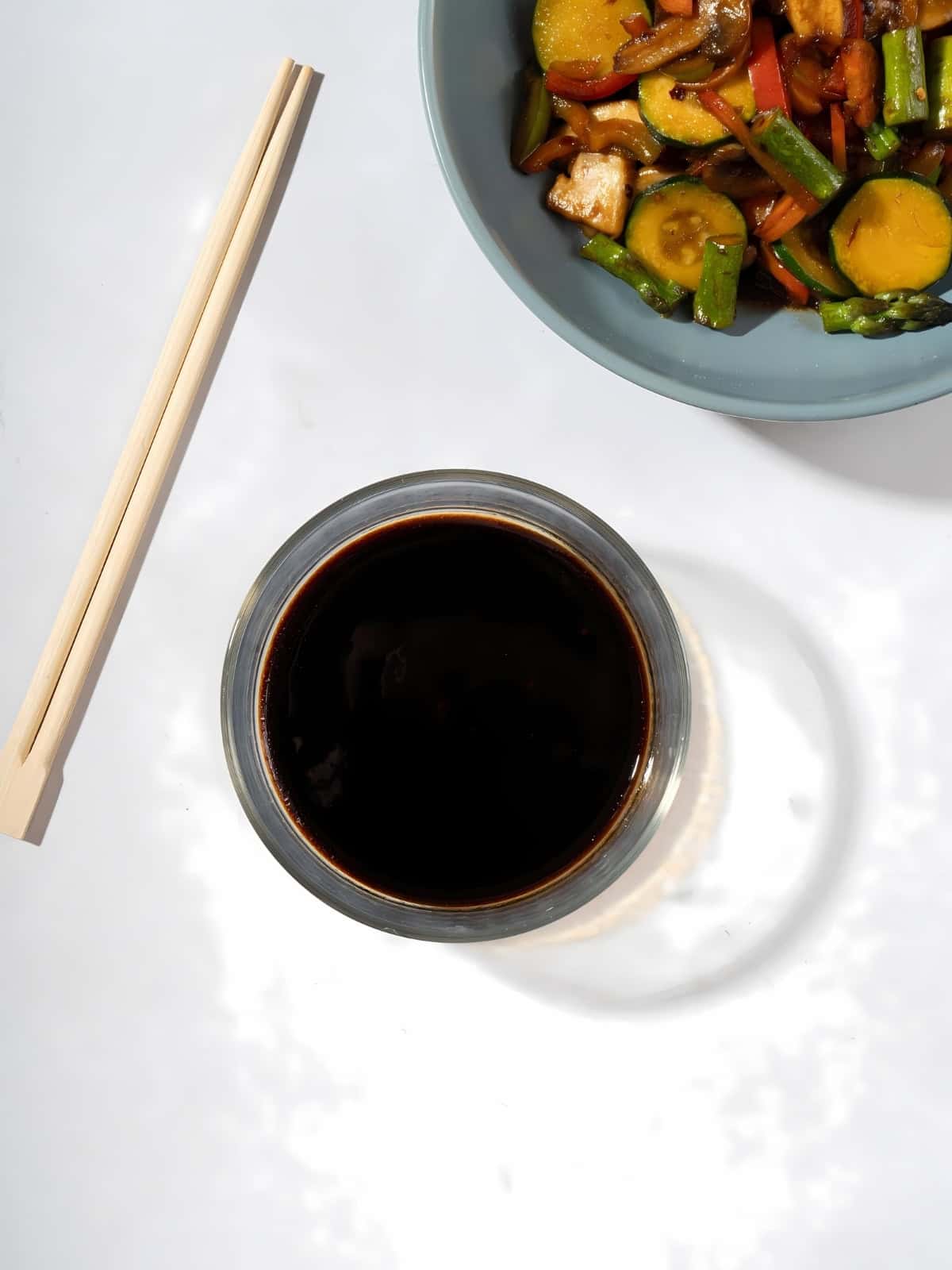
Jump to:
✔️ Why This Recipe is Great
Low Histamine Stir Fry Sauce: this simple low histamine sauce is one of my go-to picks for stir-frying vegetables and meats, as well as rice and other grains (when tolerated), using some staple pantry ingredients to create a mildly thick sauce packed with flavor. It's typically used to make fried rice or some kind of veggies & meat stir fry, but the possibilities are endless.
Super Forgiving Recipe: whether you forget an ingredient or just can't tolerate it, this stir fry sauce is very flexible, both in its base ingredients and in how long and with what it's cooked. Try using dry spices rather than fresh, adding a bunch of your favorite herbs, and using it with just a bunch of low histamine vegetables.
Use Up Fresh Garlic: this is a great way to use up any extra garlic from a recent haul or CSA, or even a bunch you found that's about to start going bad. It's very versatile, and a great flavor enhancer in soups and stir fries!
🧄 Ingredients
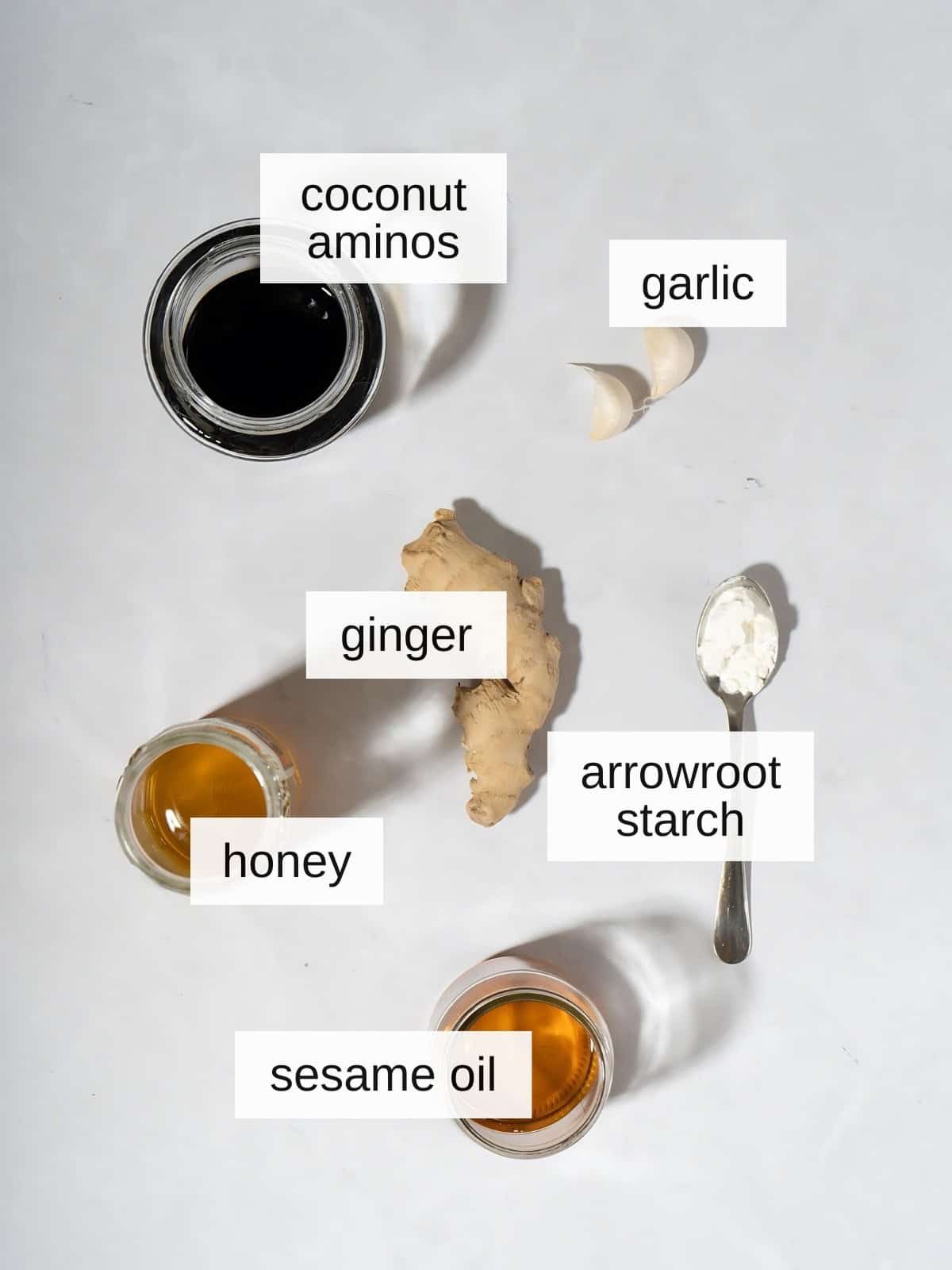
Coconut Aminos: This is a fantastic soy-free alternative that brings a similar umami flavor to dishes. It's made from the sap of coconut palms and sea salt, and it's a staple for those avoiding soy. While it is aged, it’s not fermented, and has been found to have no residual histamine content, though use it with caution if it’s new to you. I've listed an alternative ratio of salt and broth in the recipe card below.
Honey: this sweetens and balances out the flavors of this low histamine stirfry sauce, but can be replaced with nay other sweetener you like.
Ginger: ideally you'll use fresh ginger, but this can be replaced with dried ginger or left out entirely.
Fresh Garlic Cloves: these need to be peeled, and if the garlic isn't fresh from the market, you'll want to cut each clove in half and remove any green stems growing in there. This adds a lot of umami and antimicrobial power to the sauce.
Arrowroot Starch: this tuber-derived starch is important for helping to thicken the sauce, but it is optional and can be replaced with any other low histamine flour or starch that you tolerate.
Sesame Oil: I very highly recommend using sesame oil for flavor reasons, though you can choose any other low histamine oil you tolerate as the base.
See recipe card for exact ingredients and quantities.
🥣 How to Make Stir-Fry Sauce (Step-by-Step)
Step 1. In a small bowl add 3 tablespoons of hot water and then slowly sprinkle in the arrowroot starch, whisking constantly to prevent it from clumping (image 1). If you want a thinner sauce or plan to freeze some of the sauce, just add the water without any arrowroot powder.

Step 2. In the same bowl, add the coconut aminos (or salt and broth), honey or agave, freshly-grated ginger, and garlic until well mixed (image 2). This will be the base of our stir-fry sauce, providing a savory depth.
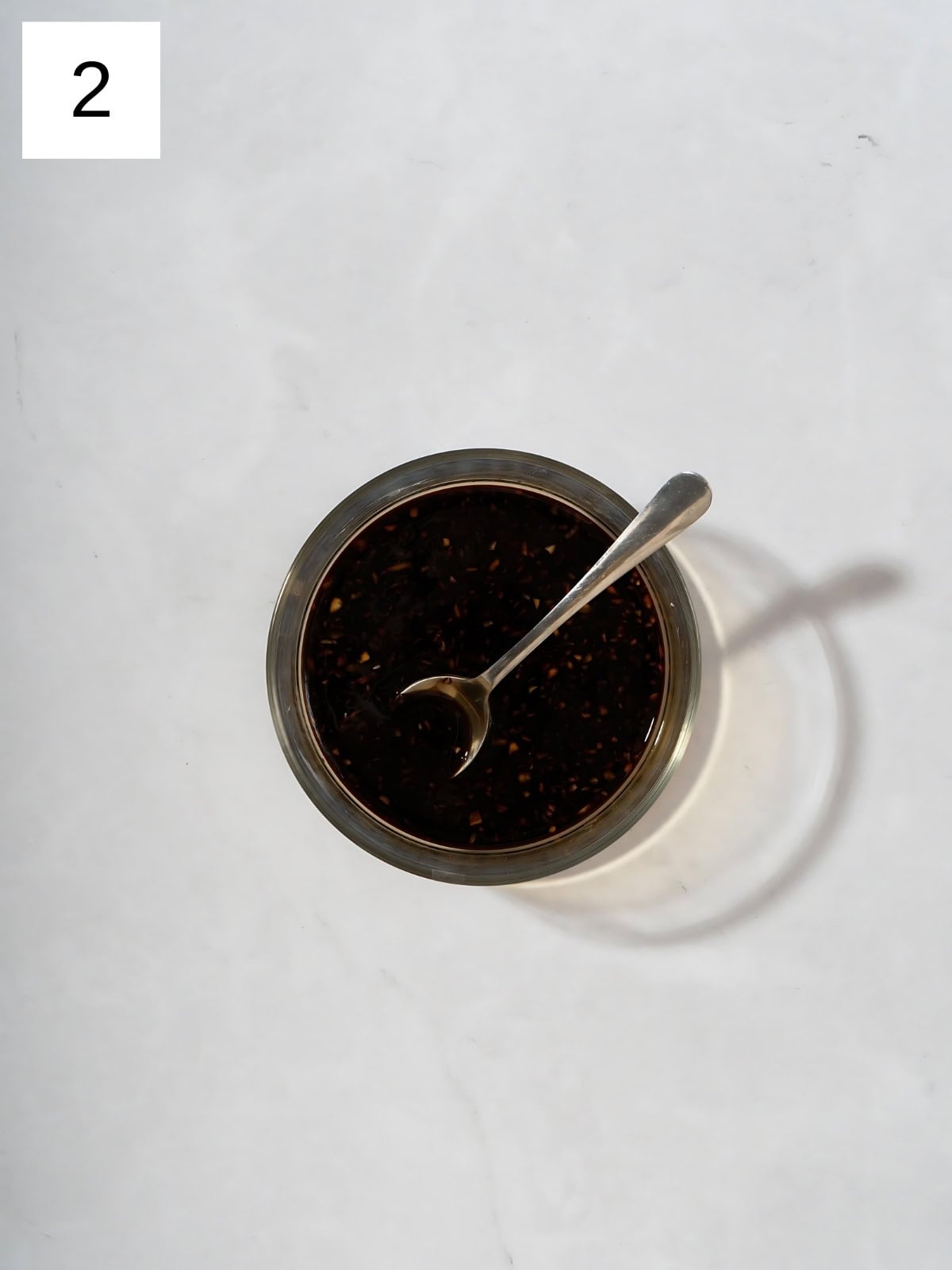
Step 3. Transfer the sauce mixture to a small saucepan and heat it over medium heat (image 3). Stir constantly until the sauce begins to lightly bubble; this should take about 3 minutes. Once it reaches your desired consistency, remove from heat and stir in the sesame oil, allowing it to cool for at least 10 minutes before using (image 4). Use or freeze within 30 minutes.
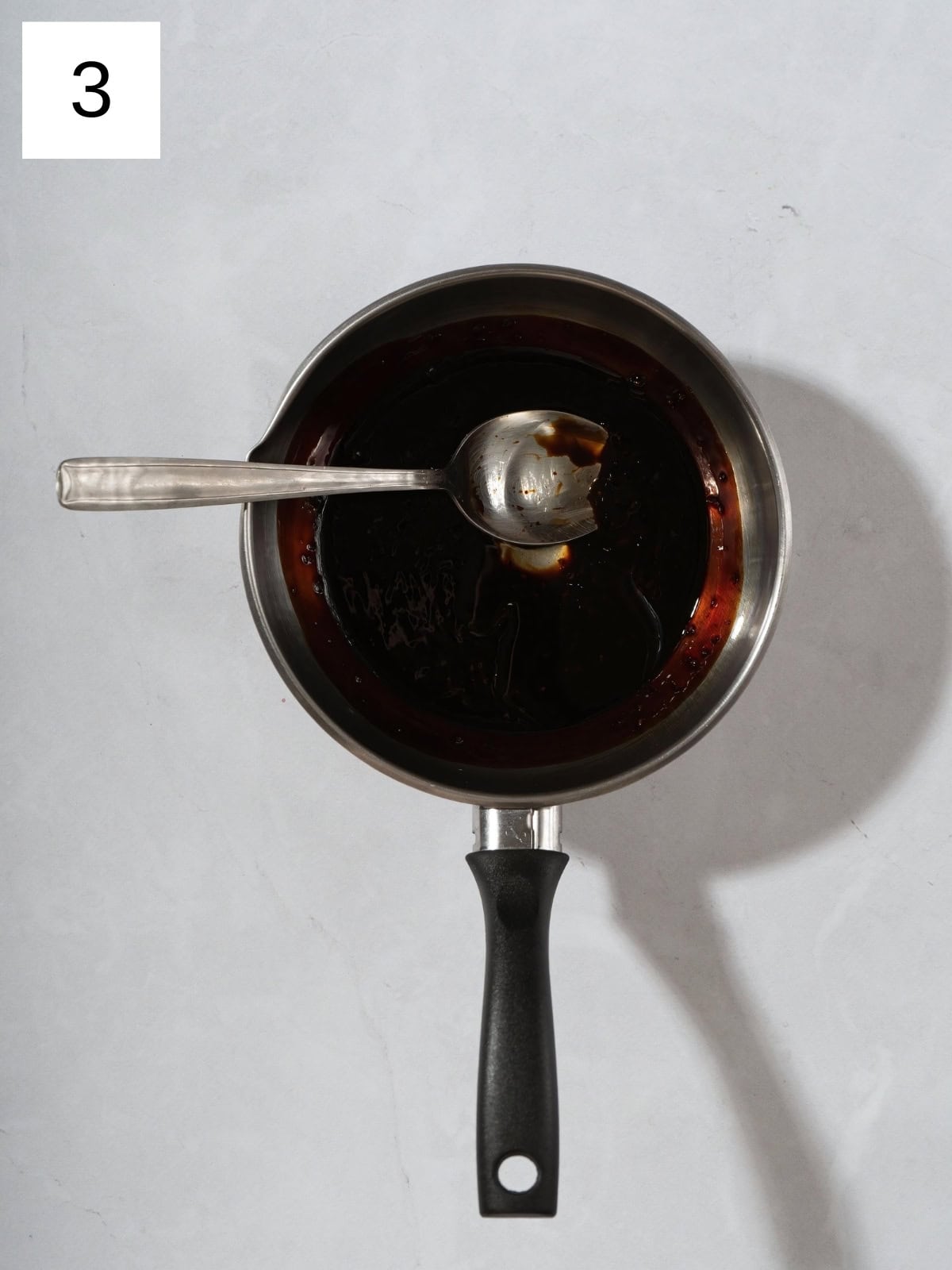

🥘 Storage
Normally I don't recommend freezing sauces, as it tends to ruin the texture and separate the oil from the other components, but in this case it can freeze well for up to 3 months - with one caveat: if you plan to freeze the sauce, don't use the arrowroot starch or else it will get very thick and lumpy, and won't defrost well.
For those following a low histamine diet, you'll want to quickly use or store the sauce after making it, though if you don't eat low histamine, the sauce will keep well stored in the fridge for up to 5 days. You can easily double or quadrouple the recipe to make a large amount all at once, still following the instructions as written, and then freezing the rest in single servings.
👨🏻🍳 Expert Notes & Tips
Using Starch: if you're new to using starches to thicken sauce, just know that it's really not recommended to mix the starch directly into the sauce, as it becomes gluey and clumpy. It is incredibly important to mix the starch, whichever one you use, with hot water - not cold water and not room temp water - in order to activate the starch and distribute it evenly throughout the sauce.
Garlic and Histamine: note that there is a small subset of lectin-sensitive people who may not tolerate garlic well, so check it individually before making a batch of stir-fry sauce.
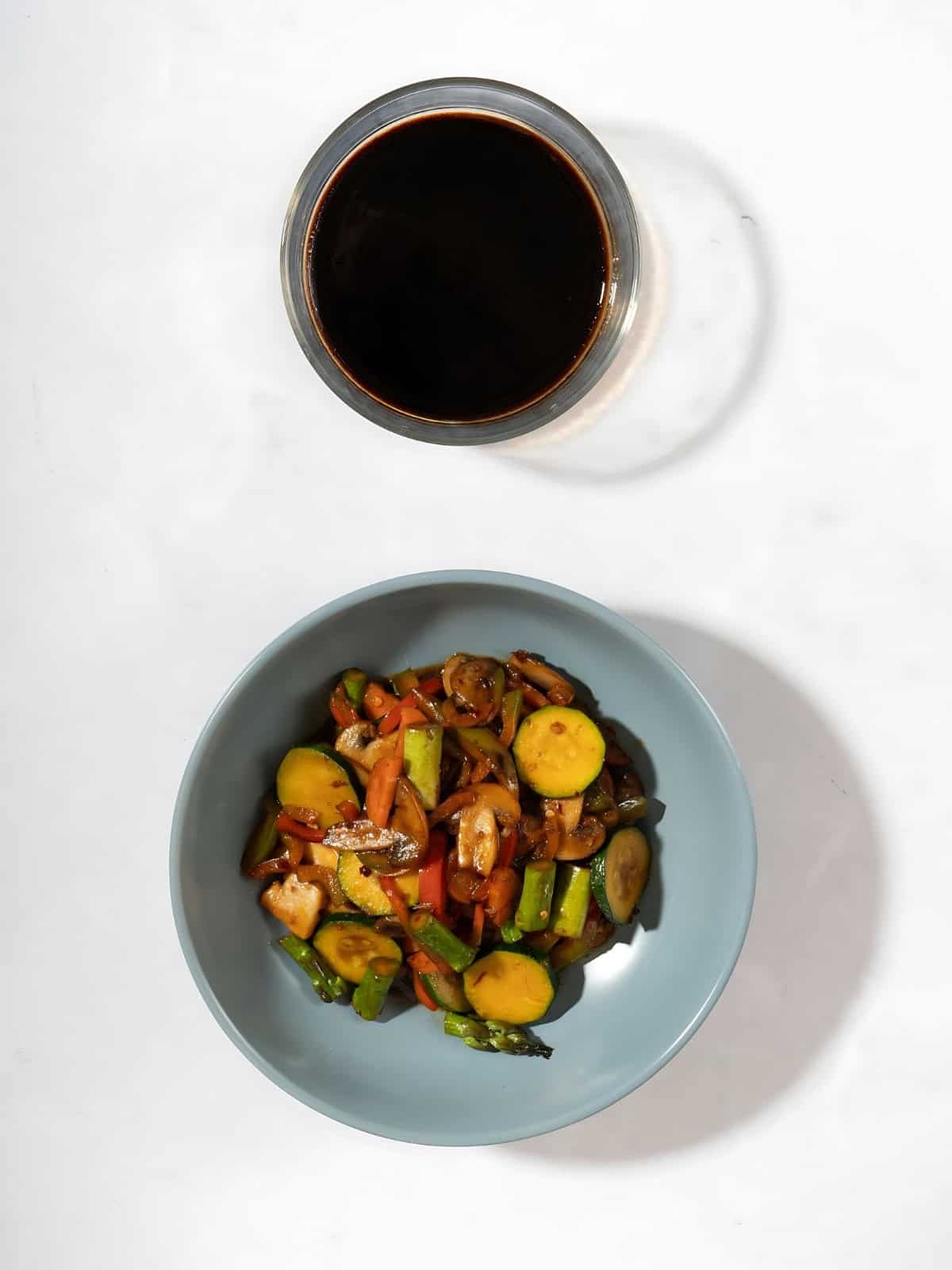
❓ What To Serve With a Stir Fry
🙋 Frequently Asked Questions
For stir fry, instead of soy sauce, you can use alternatives like tamari if you tolerate soy but need a gluten-free option, or coconut aminos for a lower sodium and soy-free choice.
No, it's not. Soy sauce is not strictly necessary for stir fry; its primary function is to add umami and saltiness, but this can be replicated with other ingredients, like coconut aminos.
Yes, you can substitute soy sauce with various other condiments such as coconut aminos or even a blend of other sauces and seasoning to mimic its rich flavor.
To create a soy sauce flavor without actual soy sauce, you might consider blending ingredients like molasses, vinegar, and a dash of fish sauce or Worcestershire sauce to achieve a similar taste profile, though my favorite substitute for soy sauce is coconut aminos.
📖 Recipe

Stir Fry Sauce Without Soy Sauce (Vegan Option)
Equipment
- whisk
- small pot
Ingredients
- 2 tablespoons coconut aminos alt. 1 teaspoon salt + 2 tablespoons broth of choice
- 2 teaspoons honey alt. agave syrup
- 1 teaspoon fresh ginger finely grated, alt. ½ teaspoon ground ginger
- 2 cloves garlic freshly-grated (alt. 1 teaspoon garlic powder)
- ½ teaspoon arrowroot starch optional, for thickening
- 3 tablespoons water
- 1 tablespoon sesame oil
- ½ teaspoon salt optional
Instructions
- In a small bowl add 3 tablespoons of hot water and then slowly sprinkle in the arrowroot starch, whisking constantly to prevent it from clumping. If you want a thinner sauce or plan to freeze some of the sauce, just add the water without any arrowroot powder.
- In the same bowl, add the coconut aminos (or salt and broth), honey or agave, freshly-grated ginger, and garlic until well mixed. This will be the base of our stir-fry sauce, providing a savory depth.
- Transfer the sauce mixture to a small saucepan and heat it over medium heat. Stir constantly until the sauce begins to lightly bubble; this should take about 3 minutes. Once it reaches your desired consistency, remove from heat and stir in the sesame oil, allowing it to cool for at least 10 minutes before using. Use or freeze within 30 minutes.













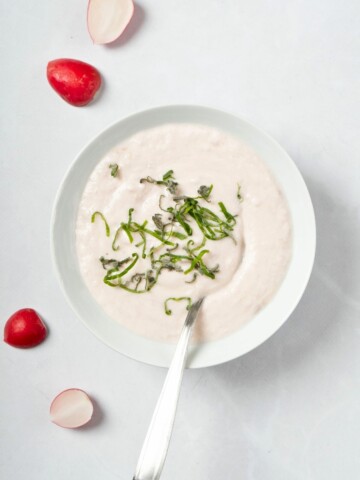


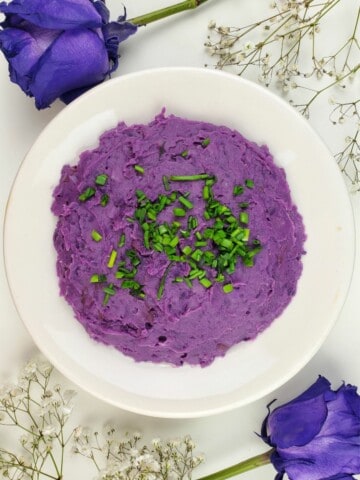



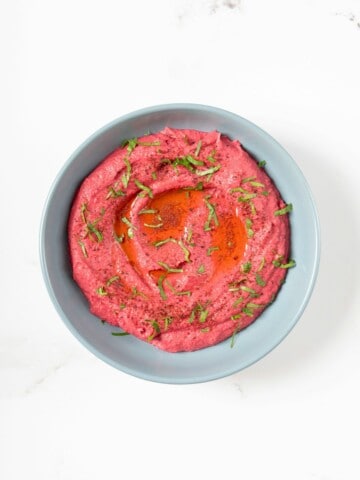
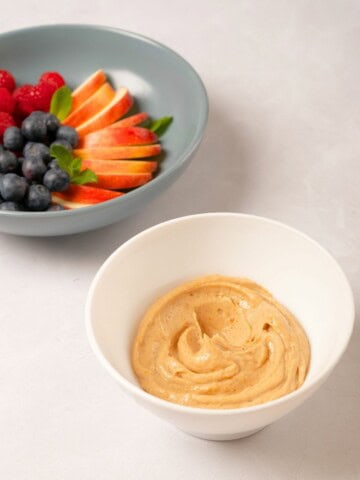
Comments
No Comments